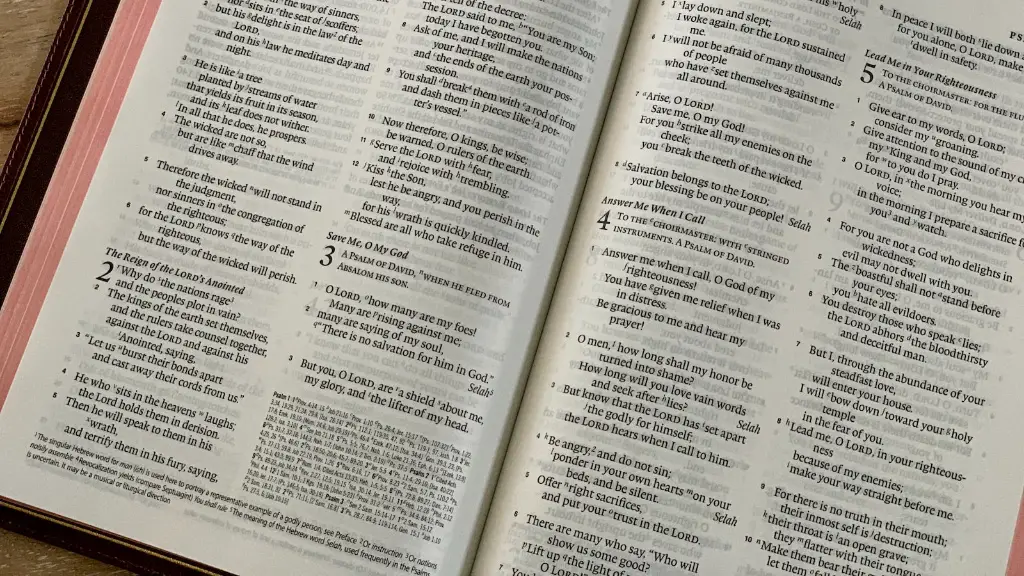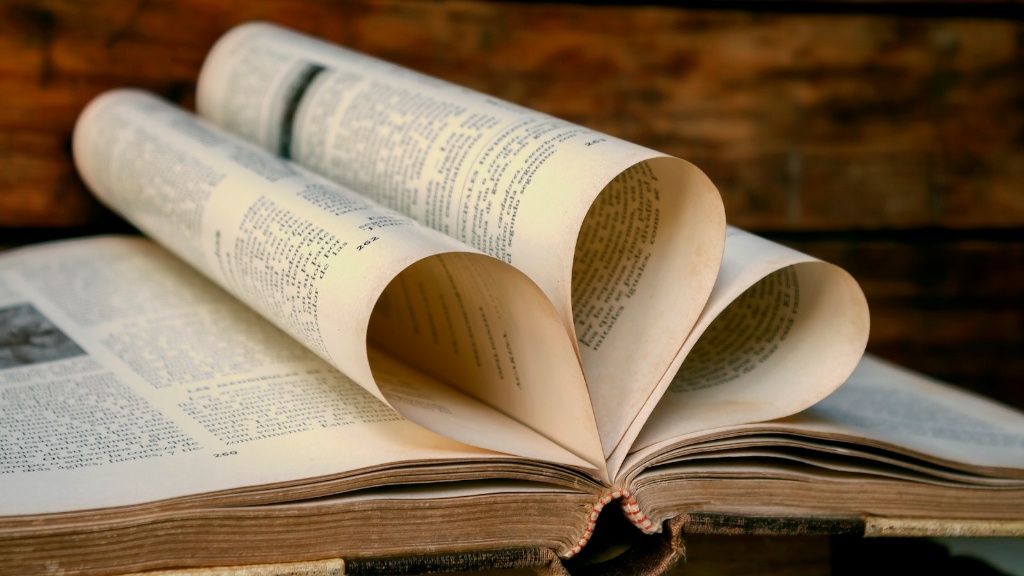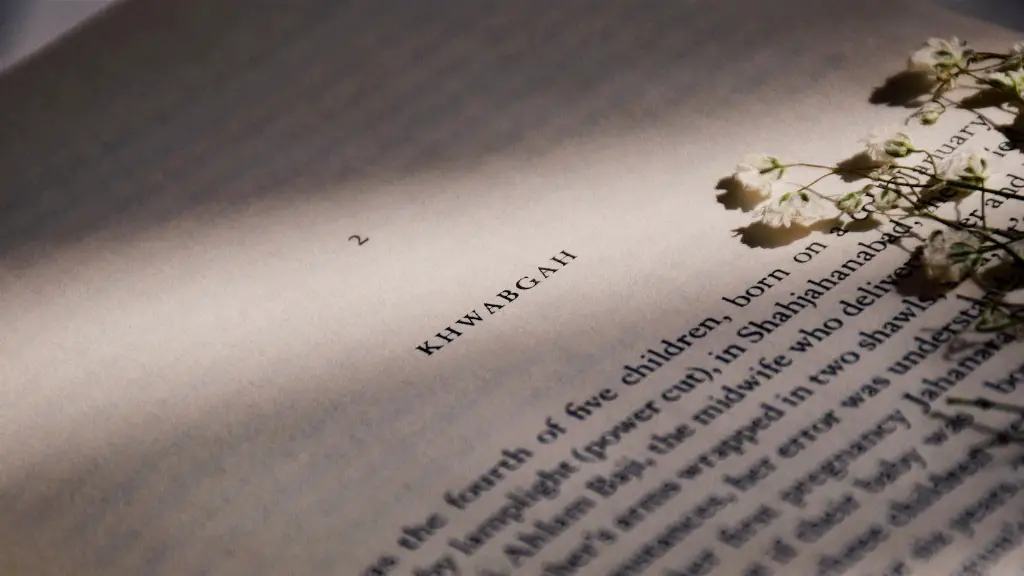Understandably, the vast majority of readers may not immediately downplay the importance of feet in poetry. Feet in poetry, also referred to as metrical feet, are units of rhythm in which when read with rhythmic intervals, syllables form a poetic line. Feet are the essential building blocks of traditional poetry and are, therefore, important to take into consideration when reading and writing in verse. This article attempts to explore the key components of various feet, further demonstrating the ways in which poetry can be better identified and understood through their guidance.
Types of Metrical Feet
It is essential to become versed in identifying metrical feet in poetry, as their ability to define the distinct rhythms and vibes of a poem is unmatched. Traditionally, two different types of feet are used in English poetry: Iambic, and Trochee. An iambic foot consists of two syllables, starting with an unstressed syllable, and ending with a stressed syllable. An instance of this is the word ‘be’ side, or the common expression ‘for-eign’. A Trochee, on the other hand, involves one stressed syllable and one unstressed. An example of this involves the word ‘love’, or the name ‘Heather’.
Prosody and Timing of Poetry
Prosody is the study of the spoken composition of poetic lines, as far as its metric schemas, rhyme, and timing is concerned. The start of every line of poetry carries a certain type of energy and should be timed accordingly when reading aloud. This is where feet come into play, guiding the timing of the words in the poem. It is essential to pay attention to the positioning of the feet and stress in each line, as this can further bring the poem alive. This can easily be identified when certain rhythms begin to appear.
Using Feet to Enhance a Poem
Figures of speech – such as metaphors or similes – can also be enhanced by taking into consideration the type of feet used. For example, a metaphor is a phrase used to describe someone or something by comparing them to another person, place, or thing. A metaphor can build off a certain sound to create a particular type of rhythm or atmosphere. Therefore, utilising feet to create a particular or desired sound can ultimately be integral to effectively producing the poem as a whole.
Identifying Metrical Feet in Poetry Analysis
Determining metrical feet in poetry can be extremely difficult, as there are not always definitive signs that indicate the type of foot used. Nevertheless, certain patterns begin to appear when certain syllables or sets of syllables are repeated throughout the poem. Furthermore, readers should look out for varying cadences and stress, as this could very well corroborate the existence of certain feet in the poem. Oftentimes, feet become more identifiable when reading the poem aloud.
Fostering an Appreciation for Poetry
The ability to effectively identify feet in poetry is a crucial step in furthering one’s appreciation for the written word. It allows readers to further tap into the artistry, atmosphere, and intent of the poem all at once. Ultimately, the power of poem is in understanding the subtle nuances and nuances of the words and rhythms. Therefore, as one learns to accurately recognise feet and their effects on a poem, a newfound appreciation for the written word can be born.
Exploring Rhyme Schemes and Poetry Forms
Rhyme scheme and poetic form can better be understood when taking feet into consideration. For example, within a Sonnet, each line has a certain number of syllables – specifically, 10 syllables in the first 8 lines, with the last two lines containing 6 syllables. Through understanding the prosody of different feet, one can better identify related sounds and sounds that might not appear in the same line. This could potentially mean that a pattern begins to emerge, which in turn reveals the rhyme scheme which the poem follows.
Exploring Visual Devices Within Poetry
Similarly, visuals devices within a poem can often be identified through understanding the positioning of feet. Visual devices such as alliteration and repetition are intended by authors to highlight certain aspects of the poem or draw attention to a specific moment. If there is a particular set of words or sounds that appear consecutively a number of times, then it is likely that the author is sending a purposeful message. Through understanding feet and the idea of prosody, these moments can be better identified and appreciate.
Utilising Feet to Construct a Meaningful Poem
For those who create their own pieces of poetry, identifying the types of feet used in a poem is of paramount importance. Additionally, understanding when one set of feet should end and another begin is also essential for transitioning between parts of the poem. Presenting a smooth rhythm or transition between two ideas can be a difficult task, however this task can be made significantly easier with a solid understanding of the connections between syllables and feet.
Sounding Out the Vibrancy of a Poem
The vibrancy of a poem is ultimately a result of the type of feet used and their overall effect on the mood and rhythm of the piece. To illustrate, a poem using an iambic foot might create a gentle and soothing atmosphere while a Trochee might create a heavy and strong sound. Through either reading the poem aloud or looking at the stresses of the syllables it becomes easier to understand the vivacity of the poem.
Differentiating Between Metric and Free Verse
Finally, it is essential to be in tune with the types of feet used in classic poetic structures, in order to identify the differences between metrical verse and free verse. Metrical verse follows traditional templates or structures, with specific feet and rhyme associated with it. Free verse, on the other hand, does not, and instead relies on the composer to present their piece however they please. Identifying the differences between these two forms of poems relies heavily on understanding when conforming to a structure is appropriate, or when a poem can deviate from that structure.
Encouraging Creativity and Expression Through Understanding Metrical Feet
When poets and readers become comfortable and versed in understanding how to identify feet in poetry, it opens up a world full of creative possibilities, allowing individuals to express themselves in new and unique ways. Metric feet have the power to completely transform a poem, and readers should take advantage of this fact by experimenting with their compositions. As one’s technical abilities as a reader and poet develops, so too does their creative potential, enabling truly exceptional pieces of art to be developed.
Utilising Metric Feet in Teaching Poetry
One should not discount the importance of feet in poetry when teaching it, as this could unintentionally result in lost opportunities for children. Through prior knowledge of metric feet, pupils can better understand the differences between types of verse, enabling them to better distinguish between meter and free verse. Teacher could demonstrate the power of metric feet in poetry by reciting pieces to the class, helping pupils to identify each poetic foot. Furthermore, understanding the varying effects that feet can have on a poem’s atmosphere could prompt pupils to start writing their own pieces.
Enhancing Poetic Techniques Through Feet
The dynamic differences between metric and free verse can be further enhanced and explored by taking a close look at the underlying feet used. There are some poets who choose to break the traditional form of poetry, with feet sounding completely unlike anything that has been heard before. Though this may pose a unique challenge to readers, it can also create an unforgettable and captivating experience that cannot be replicated in any other form.
Fostering Connections Between World-wide Poetic Forms
Feet have been used in poetry around the world for centuries, with ancient forms of poetry often utilising metric feet in order to manipulate their meanings. For example, Arabic poetry has traditionally been based on a rhythm of five feet, called “Rajaz”. The traditional Chinese poetic form “Shi” follows an even cadence of seven syllables per line. By understanding the potency of feet, readers can better appreciate the depth of a poem, regardless of its history or origin.



